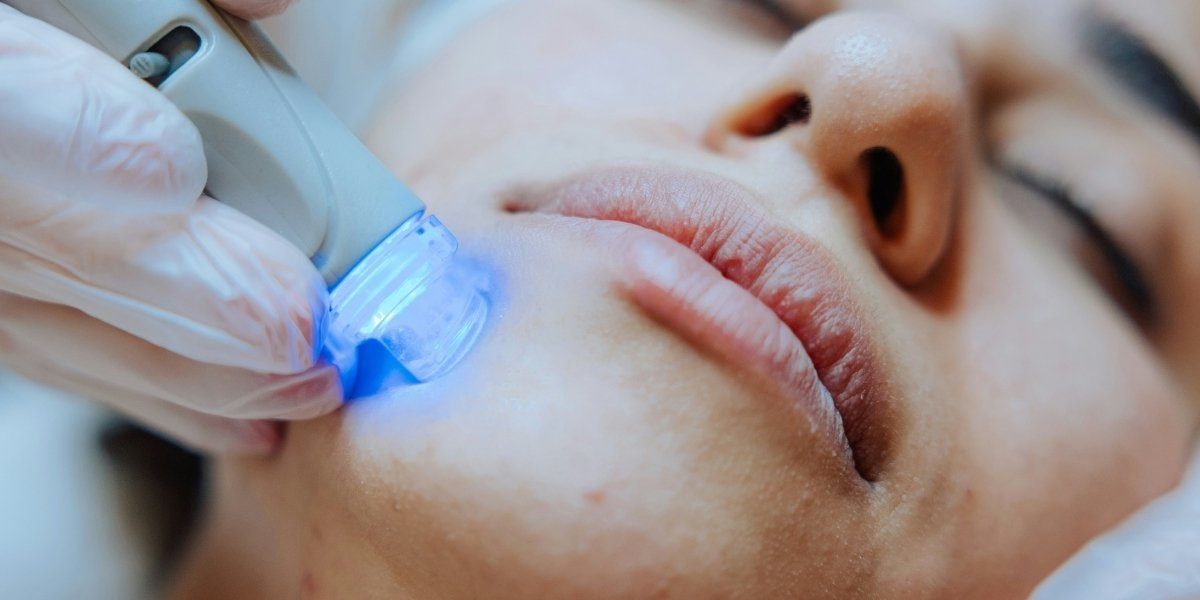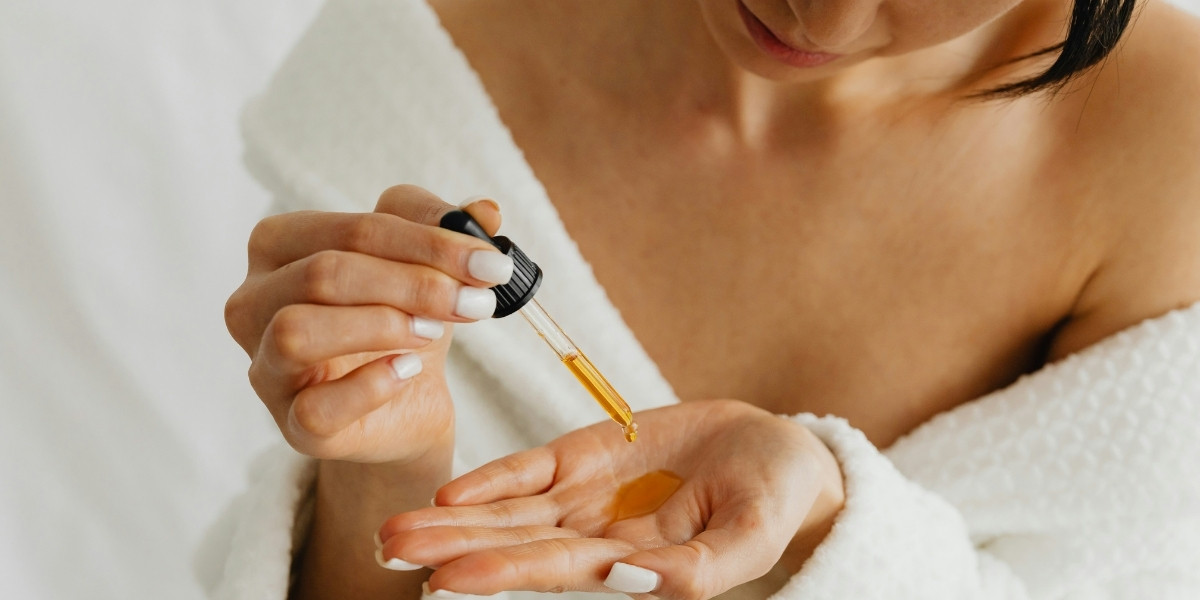What Is Skin Resurfacing and How Does It Work?
Skin resurfacing is a cosmetic procedure designed to improve the appearance and texture of the skin by removing the outermost layers of dead or damaged skin cells. It helps to reveal the smoother, younger skin beneath, giving the skin a more even tone and refined texture. The treatment can be performed using various methods, including laser resurfacing, chemical peels, and microdermabrasion.
Read Also: Benefits of Antioxidants for Skin Health: What You Should Know
Laser skin resurfacing uses focused light to target specific layers of skin, stimulating collagen production and encouraging the growth of new skin cells. Chemical peels involve the application of a chemical solution to exfoliate the skin, while microdermabrasion uses a fine abrasive tool to gently remove the outermost layers. Each of these methods can help address skin imperfections such as acne scars, fine lines, sun damage, and uneven pigmentation.
The goal of skin resurfacing is not just cosmetic; it’s a way to enhance skin health by encouraging the natural regeneration process. With proper care and aftercare, the results of skin resurfacing can lead to smooth, glowing skin, offering a more youthful and radiant appearance.
How Does Skin Resurfacing Help Achieve Smooth, Porcelain-Like Skin?
One of the main reasons people turn to skin resurfacing is to achieve smoother, more even-toned skin. The process removes the outer layers of skin that are often affected by imperfections, such as wrinkles, scars, and sunspots, revealing fresher skin underneath. As the skin heals, it also becomes more supple and resilient, with a more refined texture.
The effectiveness of skin resurfacing largely depends on the method used. For example, fractional CO2 laser resurfacing is particularly effective for treating deep wrinkles and acne scars. It stimulates collagen production, which is key for improving skin elasticity and firmness. Over time, this collagen boost helps create smoother, more youthful-looking skin.
By improving skin texture and tone, skin resurfacing treatments can significantly reduce the appearance of imperfections like acne scars, enlarged pores, and rough patches. This leads to the sought-after porcelain-like smoothness, where the skin appears flawless and even in texture and pigmentation.
What Are the Benefits of Skin Resurfacing?
Skin resurfacing offers a variety of benefits for individuals looking to improve the overall appearance of their skin. One of the most notable benefits is its ability to treat multiple skin issues at once. Whether you’re dealing with age spots, sun damage, or acne scars, resurfacing procedures can target and improve these imperfections simultaneously.
In addition to improving skin appearance, skin resurfacing can also boost confidence. Many people find that after undergoing a resurfacing treatment, they feel more comfortable in their skin, leading to increased self-esteem. As the skin becomes clearer and smoother, individuals often feel more confident in their appearance, which can have a positive impact on their overall well-being.
Skin resurfacing also helps to slow the visible signs of aging by encouraging collagen production and improving skin elasticity. As collagen levels increase, the skin becomes more youthful and resilient, reducing the appearance of fine lines and wrinkles. This makes skin resurfacing a popular treatment for individuals looking to maintain or regain a youthful glow.
Is Skin Resurfacing Safe for All Skin Types?
While skin resurfacing is generally safe for most people, the specific method chosen should be tailored to individual skin types. Different skin tones and types may react differently to various resurfacing procedures, so it’s important to consult with a professional before proceeding. Certain methods, like chemical peels, may be more suitable for fair skin, while others, like fractional laser resurfacing, can be more effective for darker skin tones.
Individuals with sensitive skin or those prone to certain conditions like rosacea or eczema should be cautious when considering skin resurfacing. In these cases, a consultation with a dermatologist or skin specialist is essential to determine the most appropriate treatment. Professional guidance ensures that the procedure is customized to individual skin needs, minimizing potential risks and maximizing results.
When performed by trained professionals, skin resurfacing is a safe and effective way to improve the skin’s appearance. Aftercare is also an important part of the process, as proper skincare following treatment ensures the best results and minimizes the risk of complications, such as irritation or scarring.
How to Maintain the Results of Skin Resurfacing?
After undergoing a skin resurfacing treatment, it’s essential to follow a proper skincare routine to maintain the smooth, youthful results. For the first few days, patients should avoid direct sun exposure and use gentle, hydrating products to soothe the skin. Sunscreen is especially important, as the newly resurfaced skin is more sensitive to the sun.
Over time, the skin will continue to improve, and the results will become more apparent. To maintain the benefits of resurfacing, it’s important to use products that support skin health, such as moisturizers, serums with antioxidants, and treatments designed to boost collagen production. Regular use of sunscreen can help prevent future damage from UV rays, which can undo the effects of resurfacing.
Read Also: How Japanese Skincare Defines the Art of Ageless Beauty
Staying hydrated and avoiding excessive exposure to harsh environmental factors, like pollutants or extreme weather, can also help keep the skin looking its best. With proper care, the smooth, radiant results of skin resurfacing can last for months, giving individuals long-lasting improvements in their skin’s texture and appearance.







